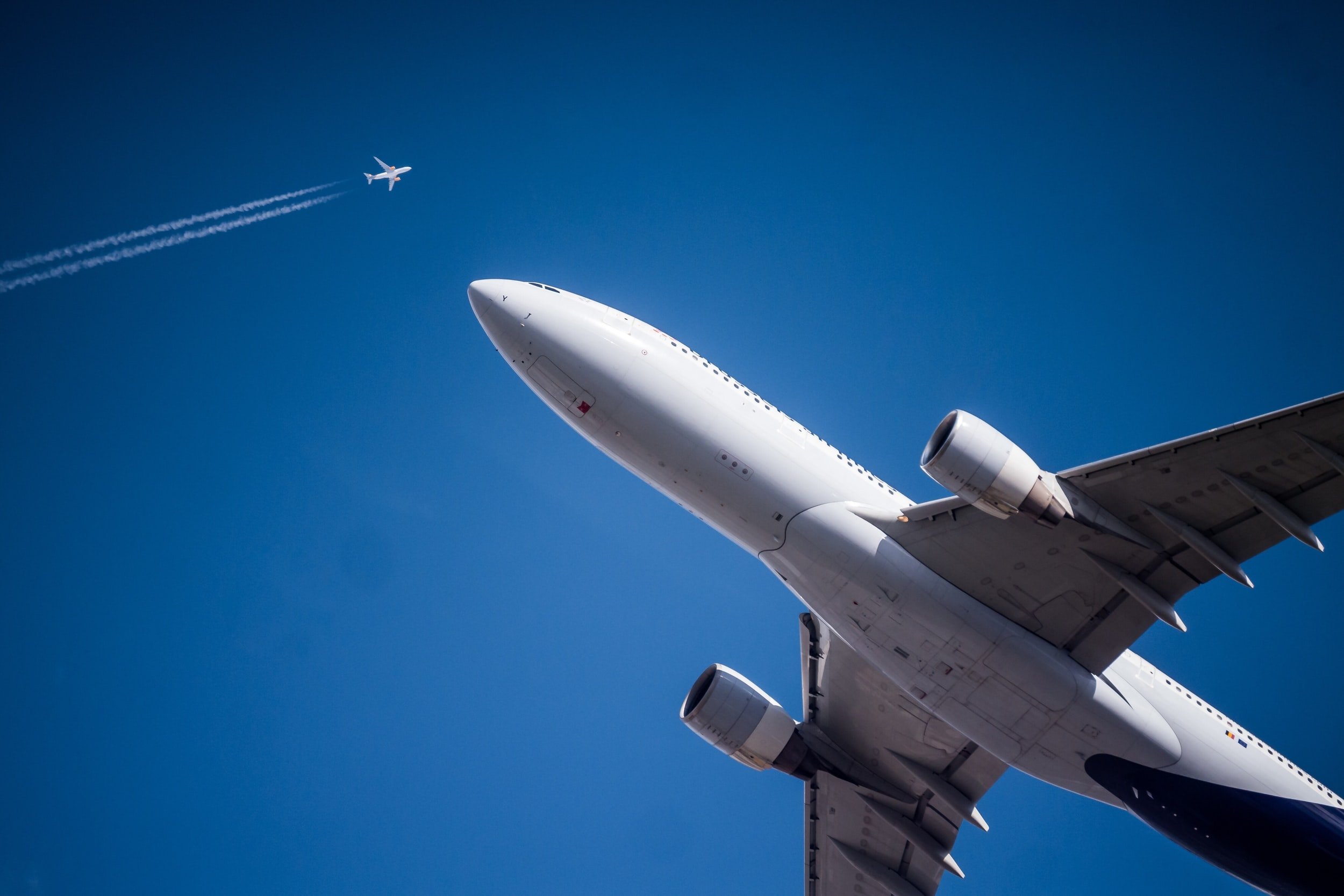With today’s need for regular and rigorous safety checks, aircraft inspections of any sort can be a costly exercise. Not only is there a need for a maintenance crew, it can often mean renting space in an aircraft hangar too. Historically, an out of service aircraft has a serious impact on profit margins, however, in recent times, drones are yet again making a positive difference.
Aircraft Inspection Challenges
Any aircraft inspection requires a thorough visual assessment. Looking for signs of wear and tear or damage to the aircraft is a necessary and standard practice to ensure its safety. Consequently, one often overlooked challenge in carrying out an inspection of a large aircraft such as a Boeing 747, is that it can often expose engineers to dangerous heights.
An aircraft inspection is evidently a painfully slow process. With stringent processes required, the amount of aircraft downtime inspections create impacts heavily on costs. Whilst it’s essential to undertake these inspections, a commercial airline, for example, loses a great deal of money while their planes undergo inspections.
These financial implications are serious enough but with the additional recent impact from covid-19 on the aviation industry, both governments and commercial companies alike must seek cost-saving solutions.
Benefits of Using Drones
Using drones to carry out visual inspections on aircraft is the solution they seek. In recent years, forward thinking companies have looked to drones and their technology as the way forward. As with many drone-based services, the benefits are wide-ranging.
Cost Benefits
1. Without the need for the teams of maintenance staff involved, costs are significantly lower.
2. As the old adage, ‘time is money’ suggests, cost reductions are also brought about by the time saved using drones to perform automated aircraft inspections. Aircraft are back up and running in hugely reduced timeframes.
3. Any hangar space requirement is, by default, also reduced meaning less rental cost.
4. The need for safety equipment such as scaffolding, harness and rigging equipment is dispensed with using a nifty drone to inspect aircraft at a height. Additionally, the time saved in the set up and take down of such equipment also takes out cost.
Other Benefits
1. With such an intense visual inspection requirement, the use of drones means a substantial drop in the margin for human error.
2. Safety is the main driver of an aircraft inspection so it makes sense to be seeking improved methods to keep the inspection team themselves safe too. The use of drones reduces the safety risk to the team carrying out the inspection, taking out the need for anyone to be working at dangerous heights.
3. As with all uses of drones, the data collected is totally accurate and in the case of aircraft inspections, a drone can capture imagery from every inch of the aircraft involved, however difficult it would be to access by an inspector.
4. Not only 100% accurate, the data recorded during a drone inspection will be automated, digital, accessible by all and easily stored for future analysis and reference.


